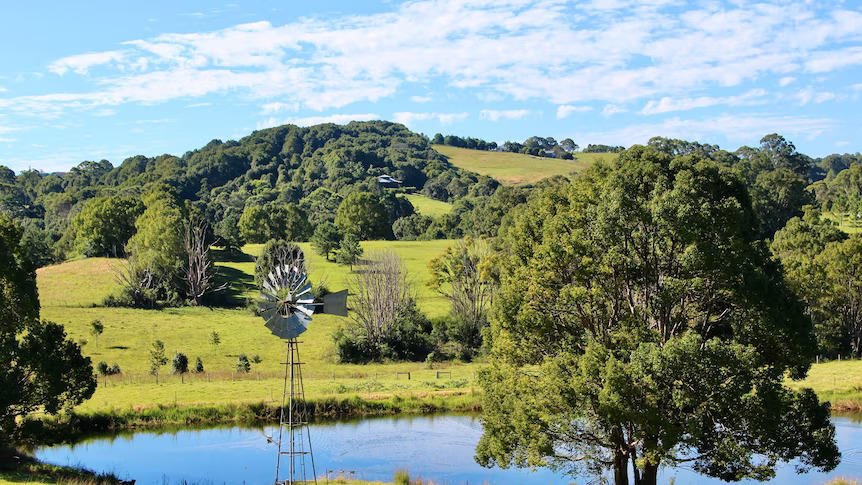Original publication by Elizabeth Pennisi for science.org on 11 April 2022
Lichens can’t take the heat, with disastrous implications for arid places

REBECCA FINGER-HIGGENS
Just as our skin is key to our well-being, the “skin” covering desert soils is essential to life in dry places. This “biocrust,” made up of fungi, lichens, mosses, blue-green algae, and other microbes, retains water and produces nutrients that other organisms can use. Now, new research shows climate change is destroying the integrity of this skin.
Such “biocrusts” cover 12% of all land on Earth, so keeping them healthy is essential for the health of the planet. As they disappear, deserts may expand, says Bettina Weber, an ecologist at the University of Graz who was not involved with the work.
Until the 1980s, few scientists paid much mind to the crunching underfoot while traipsing through grasslands, deserts, and other drylands. The crackling, it turns out, comes from centuries-old conglomerations of life that help retain what little water there is and produce life-sustaining nutrients such as nitrogen and carbon. “Biocrusts play critical roles in arid ecosystems,” says Trent Northen, a biochemist studying microbial communities at Lawrence Berkeley National Laboratory.
Researchers had assumed anything in a biocrust could take the heat, given that they thrive where it’s dry and hot. But in 2013, scientists discovered climate change is changing the microbial composition of biocrusts. A new survey of these organisms in a pristine grassland in Canyonlands National Park in Utah has uncovered a hidden vulnerability of some of the lichens in these crusts.
Twice a year since 1996, researchers from the U.S. Geological Survey (USGS) have headed to 12 soccer field–size plots in the park’s grasslands to take stock of the kinds and amounts of lichens, mosses, fungi, and microbes—and the surrounding plants. The original goal was to monitor the spread of a nonnative plant called cheatgrass and its effects on the biocrust and other life. The researchers were able to compare their findings with results of a study in the park done in the late 1960s. “It is truly impressive that the authors have these records over such a long timespan,” Weber says.

R. FINGER-HIGGENS, ET AL., PNAS, 119, 16 (2022)
The U.S. Southwest is rapidly warming, and Canyonlands is no exception, says USGS ecologist Rebecca Finger-Higgens, who led the analysis. Weather measurements over the past 50 years reveal temperatures in that park have increased 0.27°C each decade, and recent summers have been particularly warm.
At the same time, almost all the lichens have been waning, particularly the kinds that help convert nitrogen in the air to a form organisms can use, Finger-Higgens and her team report today in the Proceedings of the National Academy of Sciences. In 1967 and in 1996, those nitrogen-fixing lichen made up 19% of the biocrust, even though the percentage did fluctuate from year to year. Since then, that percentage has shrunk to just 5%, and it shows no sign of increasing again.
The researchers also found that before 2003, lichens sometimes declined temporarily and bounced back; recently, however, they seem to be always on the decline. The biocrust may have reached a tipping point, Finger-Higgens says, wherein there’s a permanent shift in the makeup of its organisms, one that could lead to more bare ground. “The clear decline in lichens is both impressive and alarming,” says Kristina Young, a dryland ecologist at Utah State University Extension, Grand County, who helped collect the survey data.
When biocrusts disappear, soils dry out and are more likely to blow away. A biocrust that hangs on but with fewer lichens will produce less nitrogen fertilizer, and so fewer plants may be able to survive, leaving ever more bare ground. Because the animals rely on the plants that rely on nutrients from the biocrust, the loss of biocrust can have a cascading effect on the entire ecosystem, Finger-Higgens says.
The risk extends beyond Canyonlands. From her own team’s studies, Weber estimates that by 2070, 25% to 40% of the biocrusts will be gone. There will be more dust, less stable and drier soils, and likely a change in what can live in these dry places, Finger-Higgens says.
Efforts are underway to grow biocrusts and transplant them to disturbed places, but even these might not produce enough nutrients to sustain drylands life. “Good results have been obtained for growing [blue-green algae] and mosses, but still not for lichens,” says Mónica Ladrón de Guevara, a dryland ecologist at the Arid Zones Experimental Station in Almería, Spain.
According to Finger-Higgens, what’s needed are “climate mitigation strategies on a large scale.” That could include reductions in fossil fuel use and carbon dioxide emissions and other recently released recommendations of the United Nations’s Intergovernmental Panel on Climate Change. “Otherwise,” she adds, “there’s not much we can do.”




